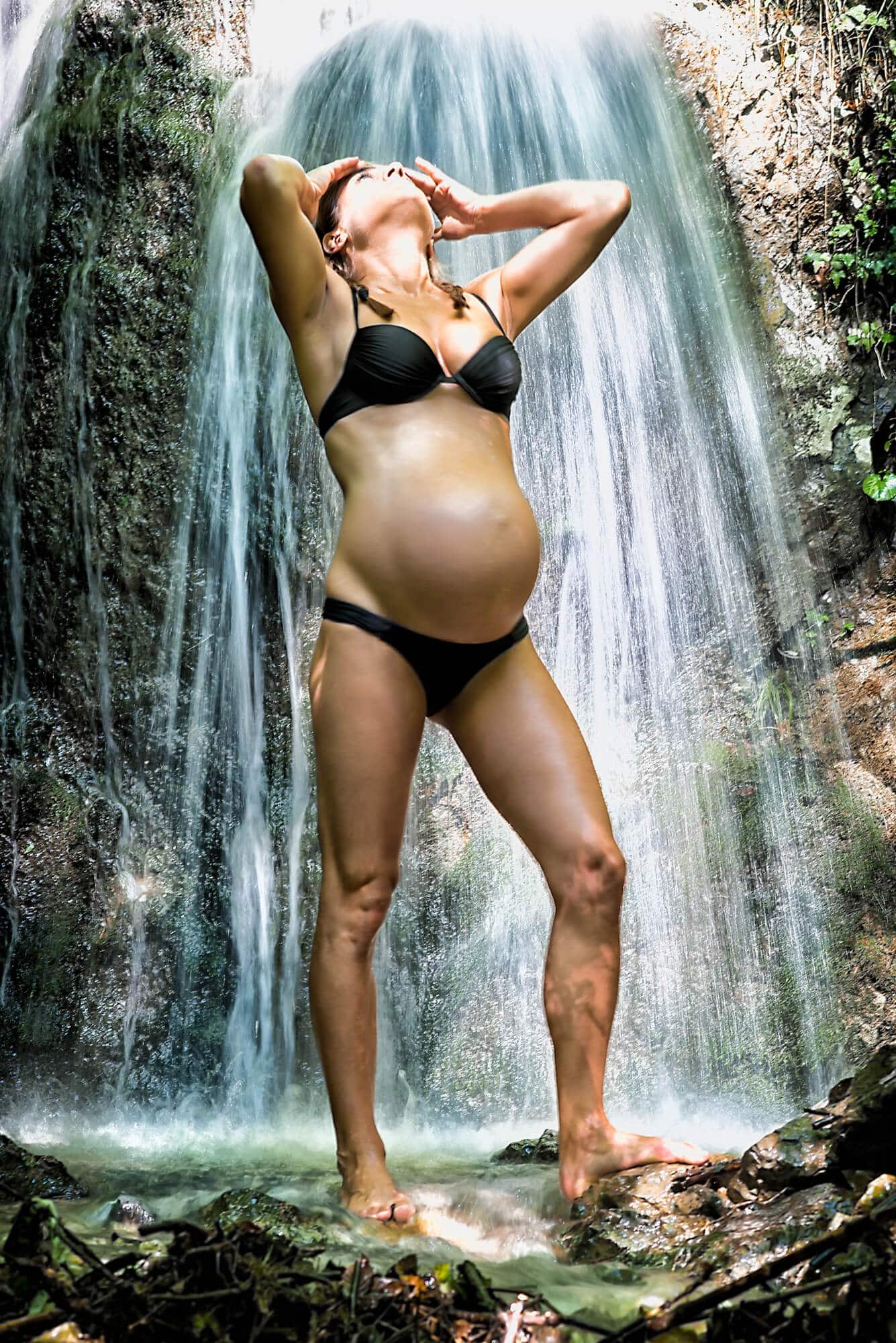Exposure to the sun's UV radiation may have a positive effect on the fertility of women aged 30-40

In the first study of its kind, it was found that the ovaries of women of late reproductive age, between the ages of 30 and 40, secrete more of the AMH hormone in the summer - apparently due to increased exposure to UV (ultraviolet) radiation from the sun.
The research team from Tel Aviv University and the Sheba Tel Hashomer Medical Center tested for the first time whether there is seasonal fluctuation in AMH (anti-Müllerian hormone) levels. The results revealed that the ovaries of women of late reproductive age, between the ages of 30 and 40, secrete more of the hormone in the summer - apparently due to increased exposure to the sun's UV (ultraviolet) radiation.
The pioneering study was conducted by a team of researchers led by Prof. Carmit Levy from the Department of Human Genetics and Biochemistry at Tel Aviv University, PhD student Roma Frick, Prof. Yeftah Gefner and Dr. Ruth Partchik from the Endocrine Institute at Sheba Tel Hashomer Medical Center, and the results were published in the journal Steroids.
Never follow the sun
"The anti-Müllerian hormone is secreted by the ovaries, and there is a connection between its level in the blood and the functioning of the ovaries," explains Dr. Partchik. "The hormone level is individual to a woman at a certain point in time, and it does not reflect the woman's fertility status unequivocally, but the value, trend and comparison to the age group are the best indicator of fertility that we have. For this reason every woman who wants or is trying to get pregnant is sent for an AMH test, and in Israel all these tests are sent to the central laboratory in Sheba. Our group tested the seasonal volatility of the AMH tests - as a measure of how the ovaries respond to UV radiation."
The researchers compared the AMH results of 2,235 Israeli women to the level of UV radiation as actually recorded. Among younger women, aged 20-29, no statistical relationship was found between UV exposure and AMH level. On the other hand, among older fertile women, 30 to 40 years old, a statistically significant seasonal pattern was found: these women, whose egg reserve is in decline, responded positively to exposure to the sun.
"From previous studies we conducted, we know that exposure to the sun increases metabolism, appetite and sexual behavior, and at least in model animals, enlarges the ovaries and extends the estrus period," explains Prof. Levy. "This is a preliminary, pioneering epidemiological human study, and we need to be careful about inferring a causal relationship between fertility in women and exposure to UV radiation. Humans are not the same as mice. However, there is no doubt that we are also animals, we are furless and therefore even more sensitive to solar radiation and our hormones are also synchronized with the day and the radiation. Our research suggests that the female reproductive system is indeed more fertile in the summer, but we still have no information on the actual success figures."
Particularly interesting is the fact that the effect is not found among younger women, in their 20s. According to Dr. Perchik, the reason for this is probably the egg reserve that the young women have. "According to my interpretation of the findings, women at the beginning of childbearing age are less in need of signals from the sun, which affect hormonal pathways that have not yet been sufficiently studied. They are less affected or dependent on the forces of nature in the context of fertility. In contrast, older ovaries need the optimal environmental factors in order to function. In fact, this effect was even greater among women aged 35 and older. Of course, there is a caveat and say that exposure to the sun's UV radiation should always be done in moderation, and that further research is needed to determine if the exposure actually helps fertility and how much exposure is needed."
More of the topic in Hayadan:
- In the West, a woman's fertility period is longer than in the third world
- The ribosome - the key to life at the atomic level. An explanation of the system for which Prof. Ada Yonat and two of her colleagues won the Nobel Prize
- Researchers: "We found the gene that causes longevity" (update)
- Klalit Health Services will be able to predict the medical deterioration of its customers
- Teva: Status of a pioneer enterprise thanks to the drug Agilact for the treatment of Parkinson's
